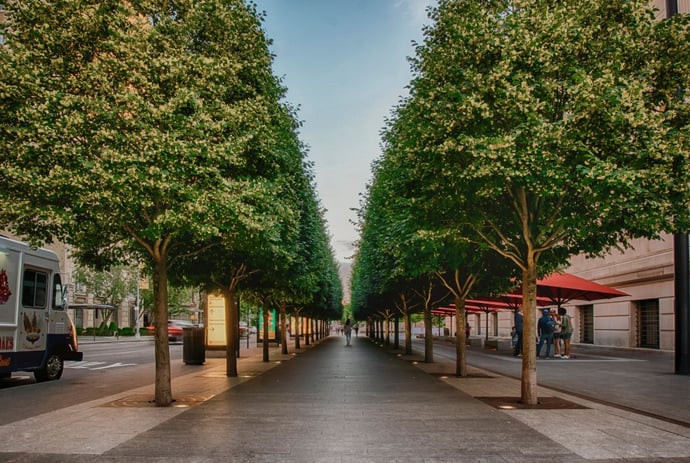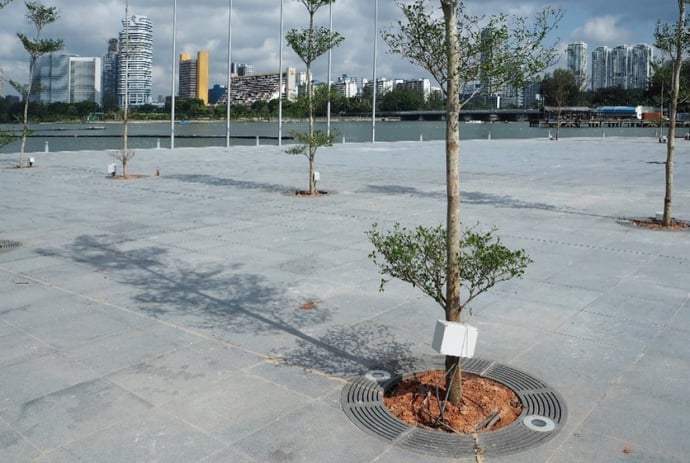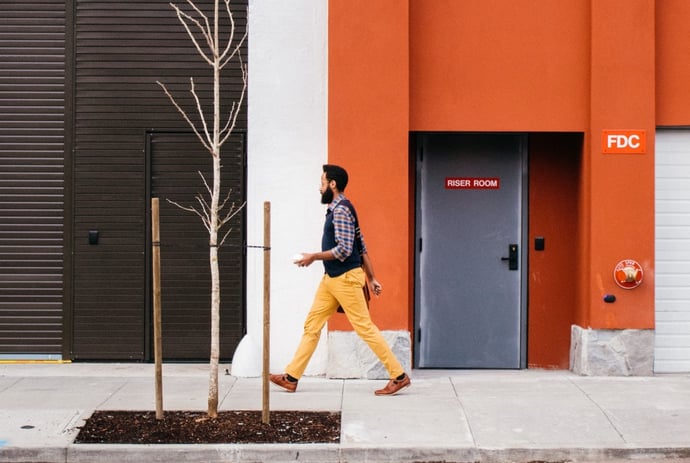According to the Food and Agriculture Organization of the United Nations, over 50% of the world’s population lives in towns and cities. It’s expected this number will increase to 66% by 2050. With this shift comes the increasing importance of making urban environments healthy and comfortable places to live, work, and visit..
One of the easiest ways to make cities more environmentally sustainable and improve the socio-economic aspects of the area is to include more trees in the urban landscape. Still, it’s also important to adequately protect these trees once planted in the area. Tree pits and tree grating are two of the most common ways to do so.
More Support for Urban Landscape
Street trees in an urban landscape offer many benefits that are key to making the city beautiful, livable, and sustainable. Beautiful green spaces in urban environments can positively impact people’s mental and physical health who live in, work in, and visit the city. A more enjoyable space encourages people to get outside, increasing exposure to sunlight. In addition, tree-lined streets are linked with improved local economies and better social interactions within the community.

Sidewalk trees offer a variety of environmental, aesthetic, health, and economic benefits. | ©Clay Leconey | http://www.unsplash.com/
Urban trees also improve the city’s environment by reducing ambient temperatures and air pollution. They can also decrease rates of erosion while helping to prevent localized flooding.
Why Do We Need to Protect the Sidewalk Trees?
Trees are great in a city, but they are also very vulnerable. Foot traffic can damage the roots, and close proximity to people and other objects can damage other parts of the tree. To make matters worse, many urban trees often go unsupported and sometimes unprotected. All of this can cause problems for the tree and can even go so far as killing it. This is why it’s important to ensure sidewalk trees are protected.
 Tree grates can help protect trees while encouraging foot traffic in the area.
Tree grates can help protect trees while encouraging foot traffic in the area.
Protecting the tree also protects the city. Tree roots should be managed to protect other parts of the urban environment. If they grow out too far instead of down, roots can cause damage to pipes and sidewalks.
Are There Any Requirements for Tree Pits vs Tree Grates?
Sidewalk tree roots and trunks need adequate space to expand as they grow. Both tree pits and tree grates can help maintain a safe environment for the tree and its roots. Whichever option you choose must be able to support the growth of the tree. It's important that either one is appropriately sized. It also needs to stand up to foot traffic that could damage the tree.
Both options should also be able to withstand the weather of the area. They should be durable and not prone to either erosion or corrosion. Tree pits and tree grates also need to match the aesthetics of the surrounding area. A good one will look beautiful while adding a little something extra to the environment’s look.
How to Choose: Tree Pits vs Tree Grates
While tree pits and tree grates accomplish a similar purpose, there are some factors that might make one a better option. Tree pits work well for larger trees as they allow plenty of space while encouraging downward growth. They also work well in plazas and other open spaces.
Tree pits are a great way to add additional plants around the base of the trees. However, they are not the best for areas with high foot traffic. This is because they take up a larger footprint and simply surround the tree bed instead of protecting the area above the roots.

Tree pits can be left with bare soil or filled with other plants.
©Tuce | http://www.unsplash.com/
Tree grates are ideal for creating additional traffic space as they directly protect the roots while adding space where people can travel. They also allow for good airflow and access to rainwater. Additionally, they can also help reduce erosion around the tree and help excess water drain appropriately.
What Are Tree Pits?
Tree pits are large spaces where a tree is planted. The area around the tree is cut out of the sidewalk or other hardscape and either left bare or filled with flowers and foliage. Many times, root barriers are installed to encourage tree roots to grow downwards.
What Are Tree Grates?
Instead of leaving the space surrounding the trunk bare, another option is to install a tree grate. A tree grate is a cover, usually metal or stone, that has slots to allow water and air to pass underneath.
Tree grates are an ideal way to protect trees while adding beauty to the surroundings.
Tree grates can come in many patterns and sizes to match the needs of the tree and space. Jonite’s tree grates are made of reinforced stone which offer even more customization options for patterns and designs. The material is durable, corrosion-resistant, and does not absorb excess heat. This combination makes tree grating from Jonite a great option to protect urban trees.
Protect Urban Street Trees
Street trees offer a lot of benefits to the urban landscape. But since they are living things, they are vulnerable to damage and need to be protected. Tree pits and tree grates are two of the most popular options to do so. Jonite’s tree grates offer protection, beauty, and customization options that make them the perfect way to protect urban street trees.










